Food
Tips for feeding your cat (and not just Siberians!)
A highly specialised predator
The cat is a highly specialised predator. They have very few teeth. It uses its small, pointed incisors to care for its body, while its canines help it to grasp its prey. Its whiskers spread out around its prey, providing valuable information about its direction and movements - because in this situation, the cat can see no further than its whiskers. As for the molars, they have sharp edges that slide over each other to really cut the catch, like poultry shears. Powerful chewing muscles help cats to bite quickly and with considerable force, making it easy for them to crunch the skull of a mouse. Its digestive tract is extremely short and adapted to a protein-rich, easily digestible food, preferably meat.
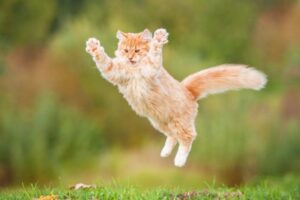
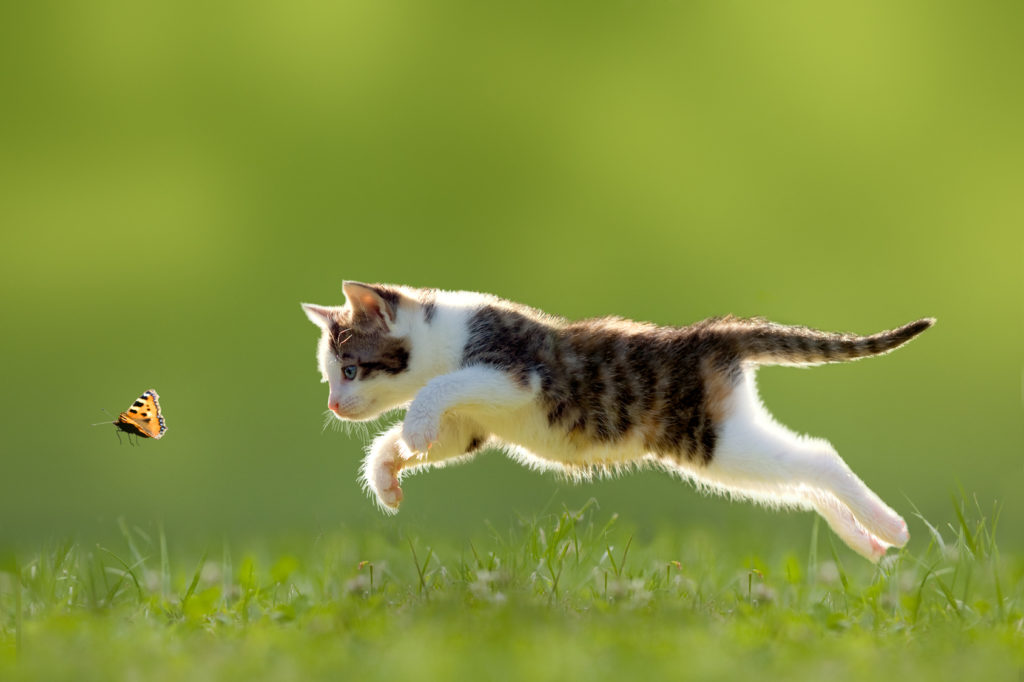
Solo hunting
Unlike lions, the only other social felines, pet cats hunt alone, even though their lifestyle is often social. Cooperation, as practised by lions, is unknown to them. So they only kill small prey that they can control alone. More rarely will they attack larger rats, young rabbits or hares.
The cat's tongue
A cat's tongue is a multifunctional tool. If a cat has ever licked your finger, you know that its tongue works like a rasp. Cats use it to comb, brush, wash and smooth their fur. They also use it to remove the last crumb of meat from a bone or a bowl. But above all, the tongue is a handy spoon for lapping up water. Many cats, however, have developed the technique of placing their paw in the water before licking it - others hang directly from the dripping tap.
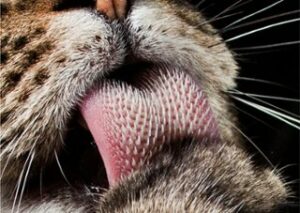
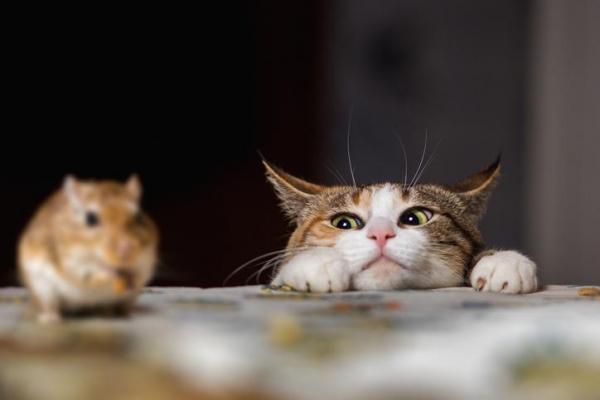
Cats catch... mice!
Cats often go hunting, even after gorging themselves on the contents of their food bowl. Hunting and eating are two completely independent cycles of behaviour for cats. A hungry cat will not take more mice than a full cat. Ensuring that farm cats are fed with a basic diet is therefore appropriate and in line with their needs. A healthy, well-fed cat will catch far more mice than a hungry, sick and weak cat.
Vegetarian cats?
Wanting to feed your cat like a vegetarian is highly problematic, as it is fundamentally contrary to his biology, his needs and his dignity. In principle, it's certainly possible, as long as all the necessary nutrients are present in his meals, such as taurine, an element that is vital to him. But just because such a food is possible doesn't mean it meets a cat's needs!
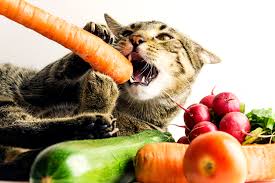
Croquettes, tins or raw?
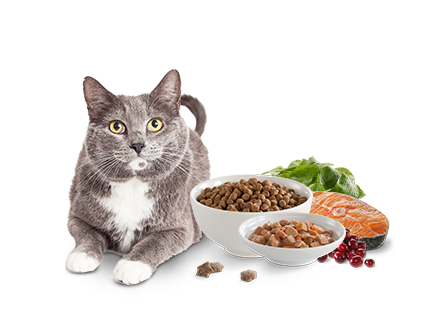
Animal lovers' fears at the prospect of feeding their pets ready-made foods have several causes: the source of the raw materials used in these foods, which are based on meat produced in intensive farming, any additives they may contain, the animal experiments carried out by major producers to develop this type of food, and the high proportion of cereals contained in some kibbles.
What options are available?
Ideally, as you'll have realised, we'd like to be able to feed our fur balls to mice, but as we don't all have a mouse farm in our garage, we're going to try to find the best possible alternative and we'll tell you about the choices we made at Envol sibérien.
Don't choose between dry food and wet food, but opt for mixed-feeding. For example, a little wet food in the morning and evening, and self-service kibbles during the day.
If you are using convenience foods, choose quality foods. Make sure they are high in meat or protein, high in fat and low in carbohydrates.
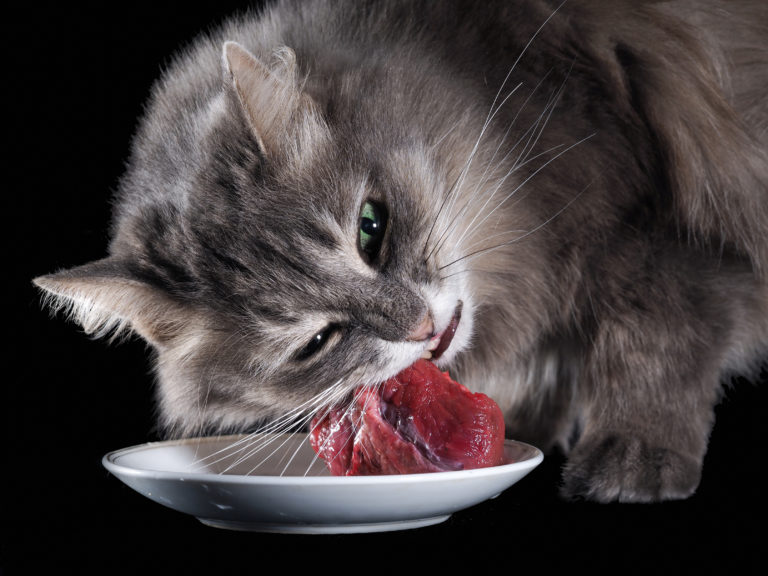
Cats can cook their own food or adopt the BARF diet (biologisch artgerechte Roh-Fütterung), but be sure to check out the specialist websites, as it can't be improvised. Don't just feed muscle tissue, as this will lack essential nutrients. Mice are a cat's most valuable natural food, and muscle is only part of it. There are also bones, tendons, offal, blood, brains, skin, hair and stomach contents (plant remains). Anyone who prepares their cat's food from scratch should be aware of the composition of mice. They should therefore know a great deal about the nutritional requirements and diet of cats, to avoid deficiency symptoms, which are unfortunately very common in raw or home-made food. For more information on BARF, I recommend this very comprehensive website: https://barf-raw-feeding.fr
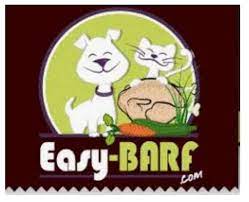
What do our cats and kittens at Envol sibérien eat?
We've chosen high-quality foods for our cats. They have raw food Nova Felis from Easy Barf, morning and evening, as well as croquettes Royal Canin Persian at will.
We also sometimes supplement this food with whole mice and chicksIt may seem a bit "harsh", but it's really the closest thing to their natural diet and therefore the best for their health.
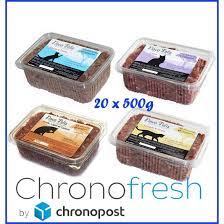
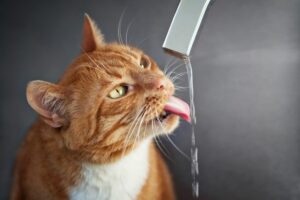
The water
Although pet cats are descended from wild cats living in steppes and semi-desert areas, they need water. To this end, place bowls in various places, away from the food bowl. Experience shows that cats drink more when this is the case and when they have several water containers. For the health of their kidneys, it is important that they drink enough, especially if they are fed dry food. If a cat refuses to drink water from its usual bowl, it may be diverting the residue from cleaning products. Clean the bowl regularly by scrubbing it with a neutral product (e.g. vinegar) and rinsing it well.
Interested in adopting a Siberian kitten?
Come and see if we have any kittens available at the moment.
